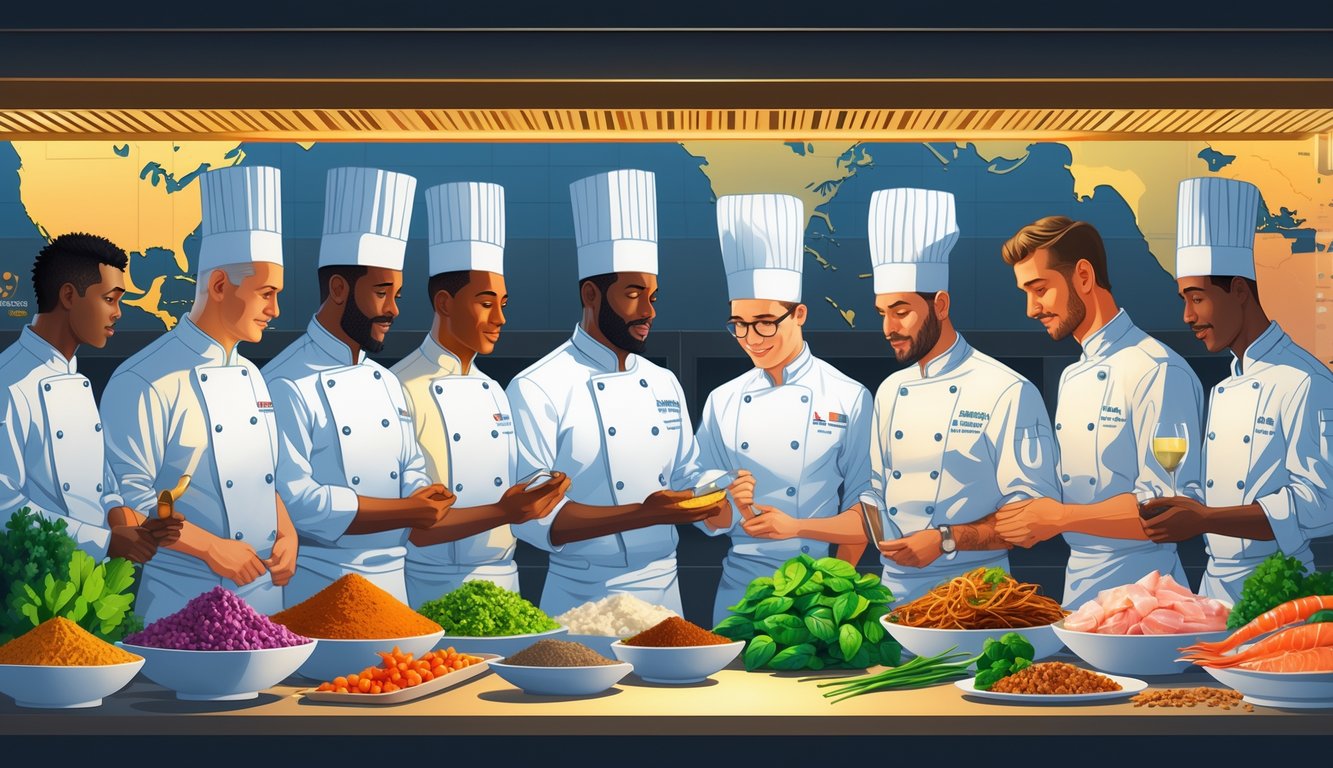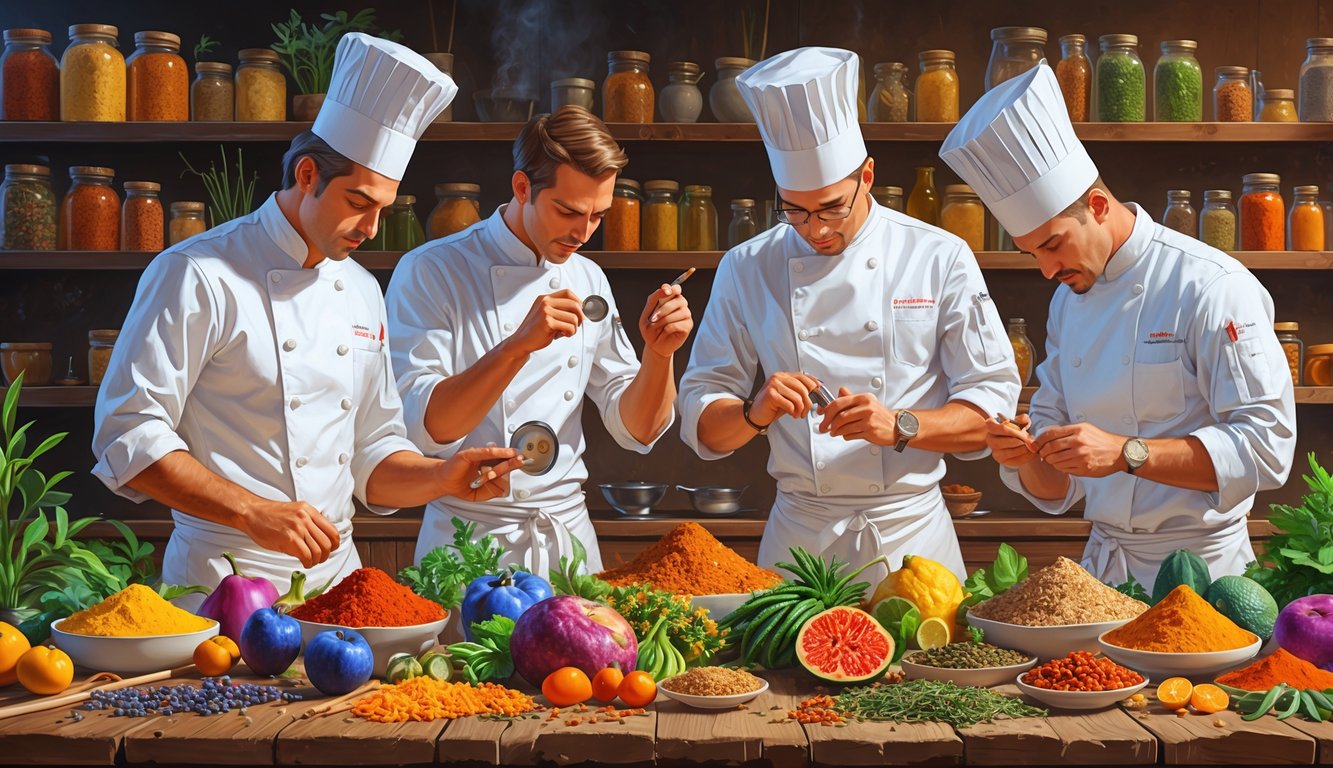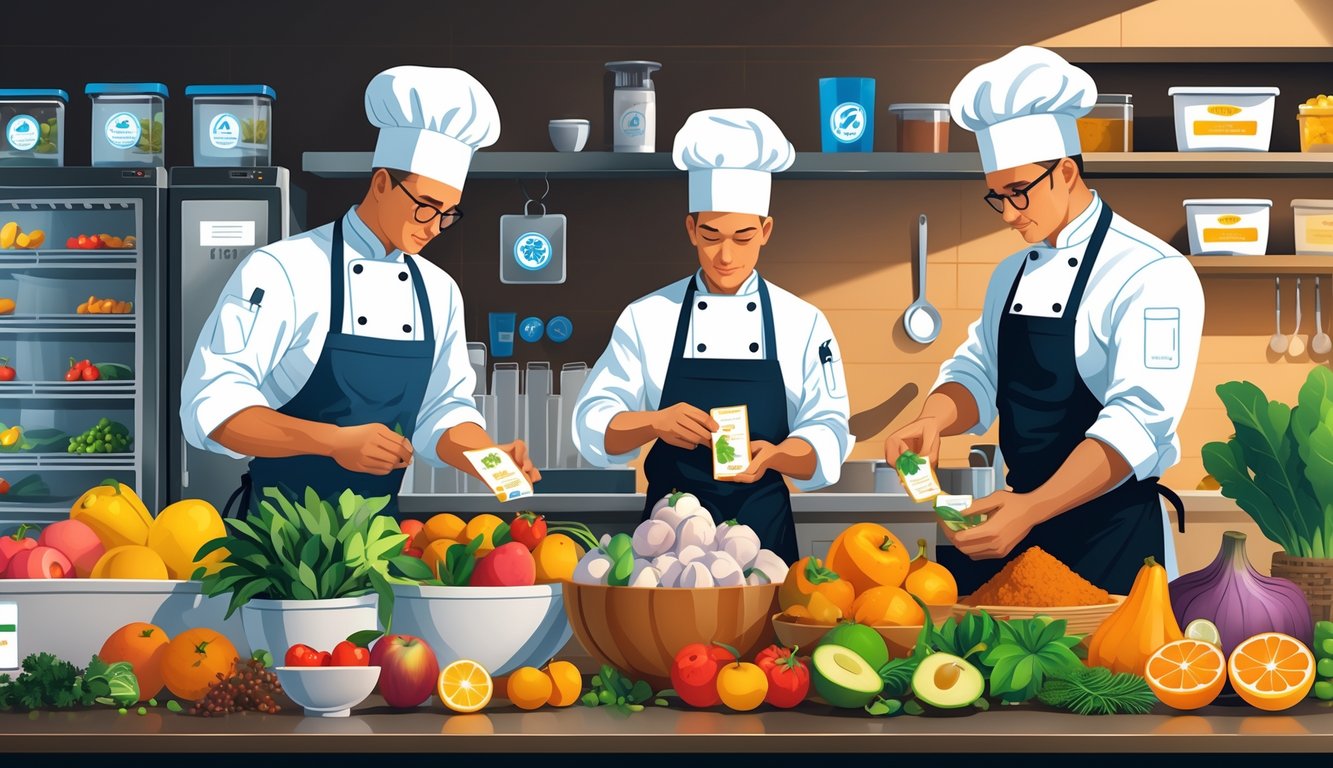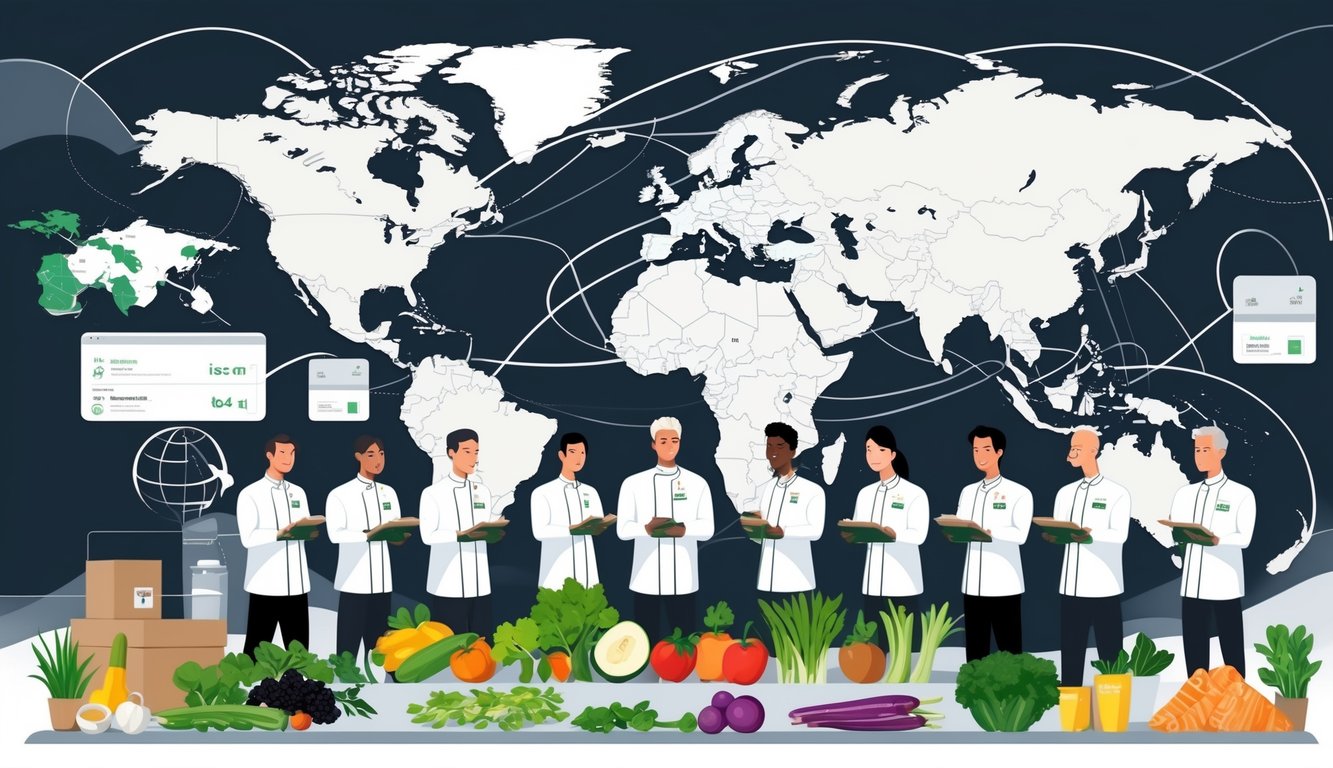
Secrets to Sourcing Unique and Exotic Ingredients

I swear, every chef I know hoards their weirdest sources like they’re state secrets. It’s never straightforward. I’ve seen WhatsApp threads at 3am blow up because some guy in Bulgaria “might” have wild ramps, but maybe not, or maybe he’s just asleep.
Finding Wild Ingredients and Truffles
Forget the farmer’s market. You want wild stuff? You’re in a group chat with people whose idea of a good time is texting blurry mushroom photos from the woods. My record: 48 hours from “I need matsutake” to a mystery box at my door, no chain of custody, no return address, just that funky, piney smell. Truffles? I tried hunting once in Italy, nearly twisted my ankle, found nothing. The real pros use dogs, not pigs—pigs are mostly just a story now. Their best forests? Good luck finding them. Sometimes, top chefs fly in Perigord truffles overnight (March 2025 trade stats: $2,800 per kilo, which is just… what?), then bury them in rice so they don’t turn to mush. Pro move: ask your specialty grocer about “off-schedule” deliveries. It’s the only way I’ve ever gotten real Siberian pine nuts or wild sea buckthorn without spending a year on Google Translate.
And if you ask a chef for their supplier? They’ll just laugh. Or lie. Or both.
Securing Rare Spices and Fermentation Products
Spices and fermentation stuff? Good luck. Real sun-dried Kampot peppercorns? Not happening at your local chain grocery. You need a cousin in Phnom Penh or a supplier who’s basically an international spy. The best soy sauce I’ve ever tasted was from some guy in rural Japan—no website, just a fax number, and the invoice was in a dialect even my translator app hated. Sauerkraut, gochujang, miso aged so long it’s basically alive—customs blocks most of it, or the batches are so tiny chefs trade for jars like they’re rare sneakers. Bon Appetit ran a piece last fall claiming less than 8% of imported Tellicherry black pepper is legit. The rest? Blends, or worse.
I keep a spreadsheet of weird stuff—fermented garlic, resins, dried spicebush berries—but sources disappear all the time. Sometimes you hear about a new supplier at an event, only to find out they ghosted by Monday. Can you really push flavor boundaries if you’re just ordering from the same catalog as everyone else? I don’t know. All I know is, every chef I admire is half-paranoid, half-obsessed with keeping their yuzu kosho source secret.
Ensuring Food Safety and Shelf Life

Every time I open a new shipment and check the lab reports (which sounds fancier than it is—usually just me muttering at a stack of paperwork), I get this sinking feeling. Doesn’t matter how perfect the apples look or how much that black garlic cost—if someone gets sick, or I find $200 of microgreens melted into slime, it’s all pointless. Suppliers love to brag about “premium shelf life,” but last spring? Every single one missed their own COAs by two weeks. I checked.
Implementing Food Safety Standards
Trying to “follow the rules”—HACCP plans, random audits, paperwork that nobody outside the kitchen even pretends to care about—it’s like wrestling invisible snakes. Suppliers wave around third-party certs (SQF, BRC, whatever), but last month, my cheese guy dropped off a batch with no batch number. The government’s got guidance, sure, but my reality? Cross-checking six kinds of documentation, chasing down allergens, fighting for pathogen tests.
Here’s what it really looks like—three columns scribbled on the prep table:
| Standard/Cert | Actual Supplier | Checked? |
|---|---|---|
| SQF | Gold Star Provisions | Yes |
| BRC | Small Batch Dairy | Not Yet |
| GFSI | Bluewater Farms | Yes |
No drama, just chaos. And honestly? Sometimes I trust the oldest line cook’s nose more than a QR code. Even with all the recalls (CDC 2022: 73 public recalls from “certified” leafy greens), nobody seems convinced. So I vet sources two ways: make them sign up for bi-annual audits, and test everything myself. The one time I skipped? We tossed 12 pounds of veal. Never again.
Maximizing Ingredient Shelf Life
People think “shelf life” is just a date on a label. It’s not. Half of it depends on whether your walk-in actually stays cold. I once lost 8 kilos of miso because the delivery came during a heatwave—now I use thermal data loggers (about $40 on Amazon, not an ad, just desperate). Dr. Maya Torres (another food scientist, probably right) once told me, “Microbial growth doubles every five degrees Celsius.” That’s why I have three thermometers in the fridge, and at least one’s broken at any given time. Fermented stuff? Spoilage is sneaky. That “12 months” black vinegar? Open it for a week in a humid kitchen and it’s done.
I’m paranoid—batch records, vacuum seals, FIFO rules, the works. Suppliers love to brag about “natural preservatives,” but if they switch sources and the natamycin drops from 12 PPM to 5, suddenly your kimchi’s a ticking time bomb. I call and ask about batch tests. They hate it. I don’t care. My kimchi lasts longer and nobody’s been hospitalized. Shelf life is a lie—you’re always one power outage away from disaster, and nobody gets it until they’re knee-deep in spoiled inventory.
Innovations in the Ingredient Supply Chain

If someone ever mapped my ingredient-hunting detours—like the time I got lost in a warehouse full of chickpea flour—maybe they’d see why supply chain “innovation” isn’t just a buzzword. It’s where half the magic lives or dies. If you see duck eggs on a Toronto menu in January, something weird is going on behind the scenes, but no one ever tells you how.
Emerging Logistics Solutions
Picture me in suburban Milan, arguing with a trade rep about fennel pollen and he’s going on about blockchain like it’s going to solve late shipments. Cold-chain shipping? Sure, dry ice and noisy fridges, but now there’s GPS tracking, real-time temp logs (Ingredion claims 95% of their raw material base is monitored this way), and it actually cuts spoilage.
I almost lost a crate of smoked paprika because a customs broker mistyped a code. So, yeah, AI in customs matters. Meanwhile, ingredient brokers aren’t just pushing bulk flour anymore. I watched a hydroponic lettuce guy check live weather updates before accepting my order. Seriously. McKinsey said in 2023 that “strategic sourcing” saves 2-6%, but I know pastry chefs who doubled that just by switching micro-producers mid-season. Maybe the future is just more spreadsheets and panic. Who knows?



